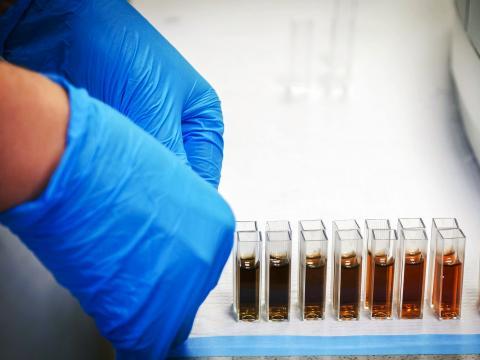
Date: Thursday, February 29th at 12:30-13:10 in Askja, room N-132
Title: Identifying causal protein candidates for common disease in the AGES-RS cohort using Mendelian randomization
Speaker: Þórarinn Jónmundsson, Faculty of Medicine, University of Iceland; Icelandic Heart Association
Abstract: Proteins facilitate, regulate, and participate in almost all cellular processes. As such, studying their function (or dysfunction) has the potential to reveal biological mechanisms, identify novel therapeutic drug targets, and yield biomarkers with diagnostic or prognostic utility. Circulating proteins are an especially attractive subset of the human proteome as they can inform on the state or function of organs they interact with, as well as the circulatory system itself.
The levels of 4,137 unique serum proteins were measured in the Age, Gene/Environment Susceptibility-Reykjavik Study (AGES-RS) using the aptamer-based SomaScan® platform and tested for association with common disease, such as incident atrial fibrillation (AF) and age-related macular degeneration (AMD), in the cohort. Once identified, candidate proteins were probed for causality using Mendelian randomization (MR), a causal inference framework rooted in Mendel’s law of inheritance.
Biologically relevant proteins with causal support were identified, such as CFHR1 (risk increasing for AMD), CHST15 (risk increasing for incident AF), and THBS2 (decreased forced expiratory volume), among other findings. Furthermore, a reverse MR analysis of the observed proteomic signature of incident AF in AGES-RS suggested that it largely reflected an NT-proBNP-dependent response to the genetic liability of AF. These results, and others, demonstrate that proteomic MR analyses are a valuable tool in the pursuit of scientific discovery.
